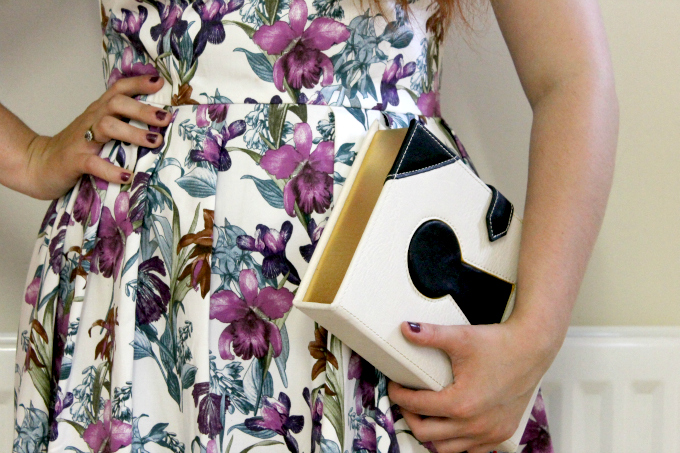
Save Money when Moving to a New Home – Top Things to Look for in Your New Home to Avoid Repairs Bills*
Moving house is an expensive business. £10,000 worth of expense to be exact! At least that’s the estimated average cost of a house move once you’ve factored in removals, new furniture, cleaning, and repairs.
With so much money and stress going into moving house, the last thing you want is any nasty surprises once you get there. While I won’t discourage you from buying new furniture, repairs bills are something I can help you avoid with a little insider know-how.

How to Spot Potential Issues
When looking for a new home it can be easy to fall in love with the overall feeling of a house and completely forget to look more closely. However it’s these little details that can save you a lot of money.
– Check the water pressure – While the state of the bathroom is high up on most buyers’ checklists, many house hunters forget to check water pressure in taps and showers. Fixing bad water pressure can come with costly plumbing bills so make sure you get those taps running.
– Check inside cupboards – Don’t feel rude for asking to have a quick look inside the cupboards of your dream house. If there’s damp or mould in a house, this is one of the places its most likely to show itself (and one the current owners will most likely have forgotten to cover up) so always take a peek.
– Check tiling – If the tiling around sinks, showers, or bathtubs looks poorly finished or uneven, it could indicate recent plumbing work or a DIY job that might not be up to scratch.
– Check ventilation – Poor ventilation is one of the biggest causes of damp and mould so make sure to check for condensation or bubbling and peeling paint – especially in enclosed bathrooms.
5 Things to Look Out For and Avoid
Smells – Even if a homeowner has done their best to paint over dark patches, damp can usually be detected in a house by its smell alone. The same goes for any issues with sewage. If the seller has gone overboard with scented room fresheners or candles, this can also be a red flag.
Mould – Mould is fairly hard to cover up completely so, if it is present in the house, you should be able to see it at the backs of cupboards or around pipes and drainage. Even the smallest patches can be the sign of something bigger, more dangerous, and potentially more expensive to get rid of.
Water lines – Water lines on walls or ceilings can indicate a previous plumbing issue or burst pipe that may have caused internal or structural damage.
Rust – Similarly, rusty pipes are a good sign of a badly maintained plumbing system – one that’s best avoided.
Dirty drains – Limescale build up around taps and plug holes can be an indicator of blocked drains as well as leaky plumbing. Running the tap for a short while and seeing how well the water drains can be a good way to check for any blockages that will tell you how well the homeowner has been maintaining their drains. Make sure you get a plumber out to look at the drains before you move in.
What to do When it’s Too Late
Of course hindsight is a wonderful thing and very often we get advice just after we needed to hear it. If you’ve already bought a house and are facing some of these problems, there are a few things you can do to fix them for less. For example mould can often be tackled with a simple sponge and detergent, and kept at bay with anti-mould paint and an open window. Blocked drains can also sometimes be tackled with a little baking soda and vinegar, although it can be more economic to hire a professional drain clearance team for more serious blockages.
As they say, prevention is the best cure, and a little simple vigilance is all it takes to avoid huge repairs bills after moving into your new home.



